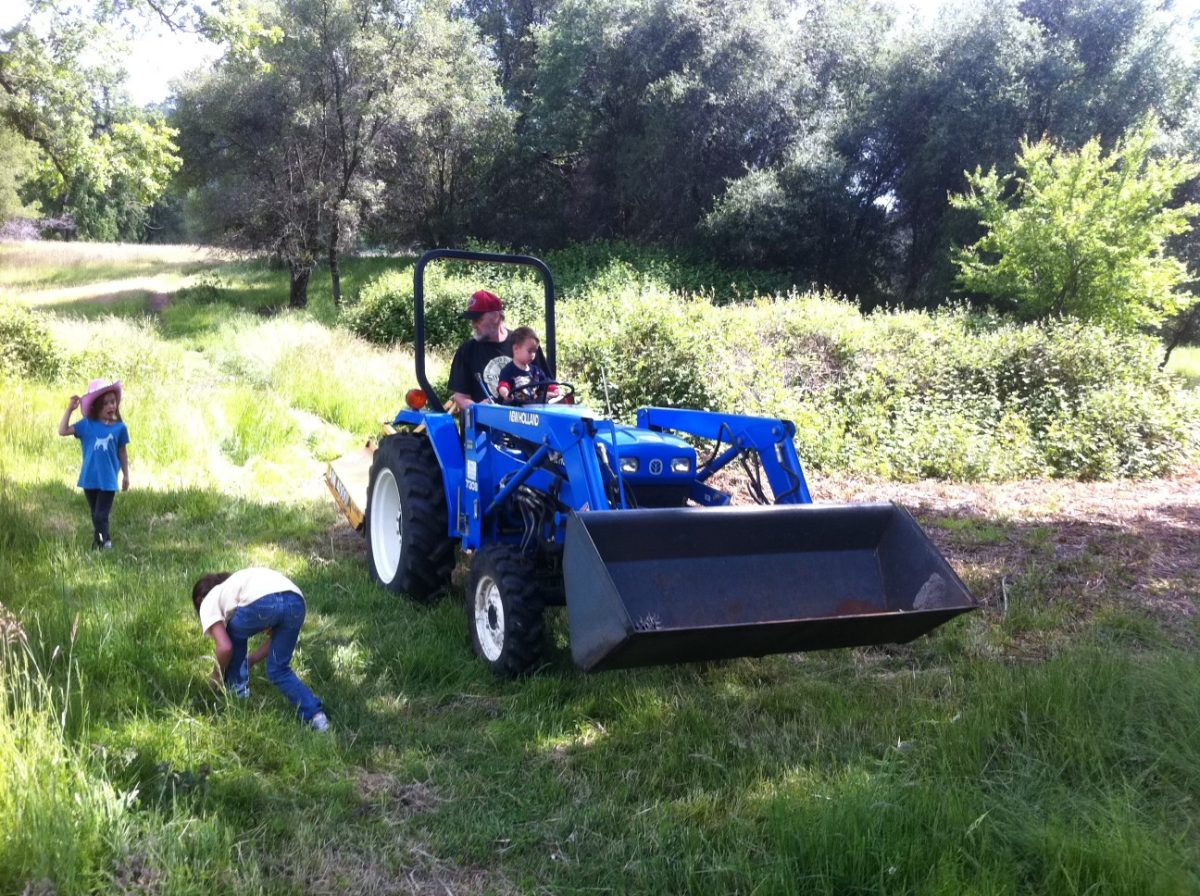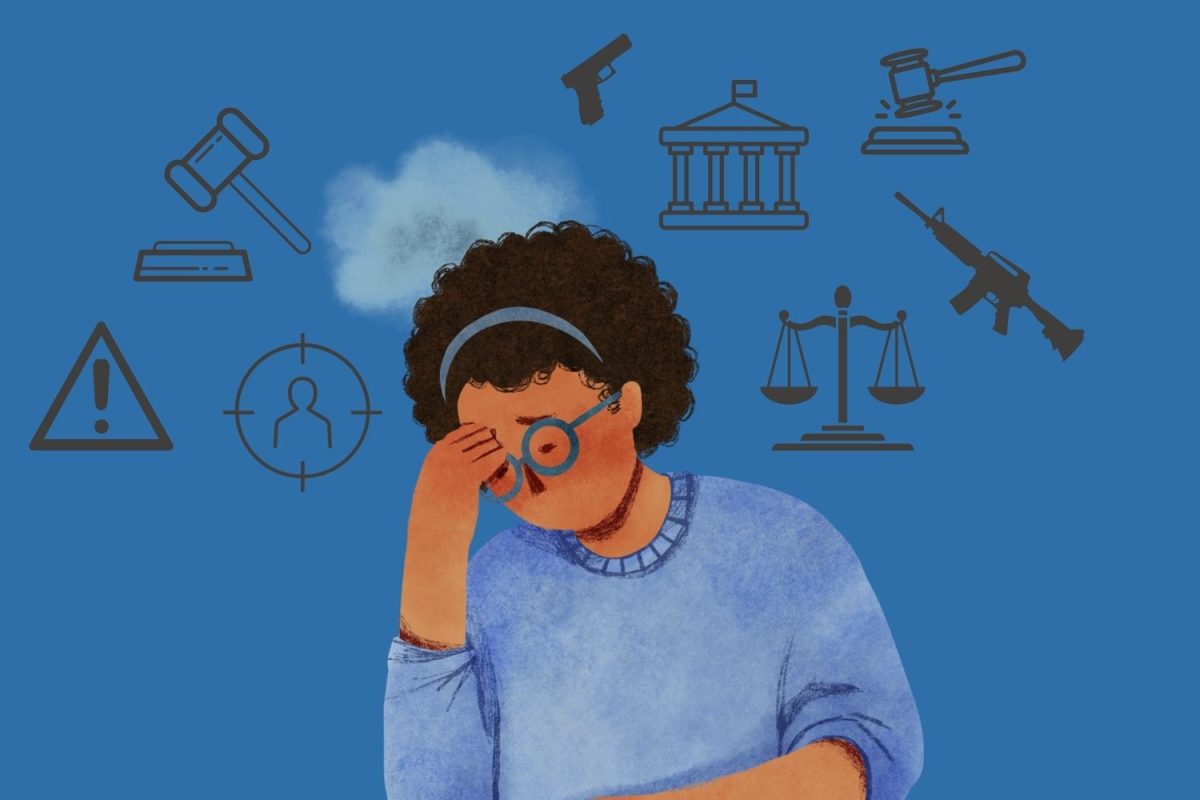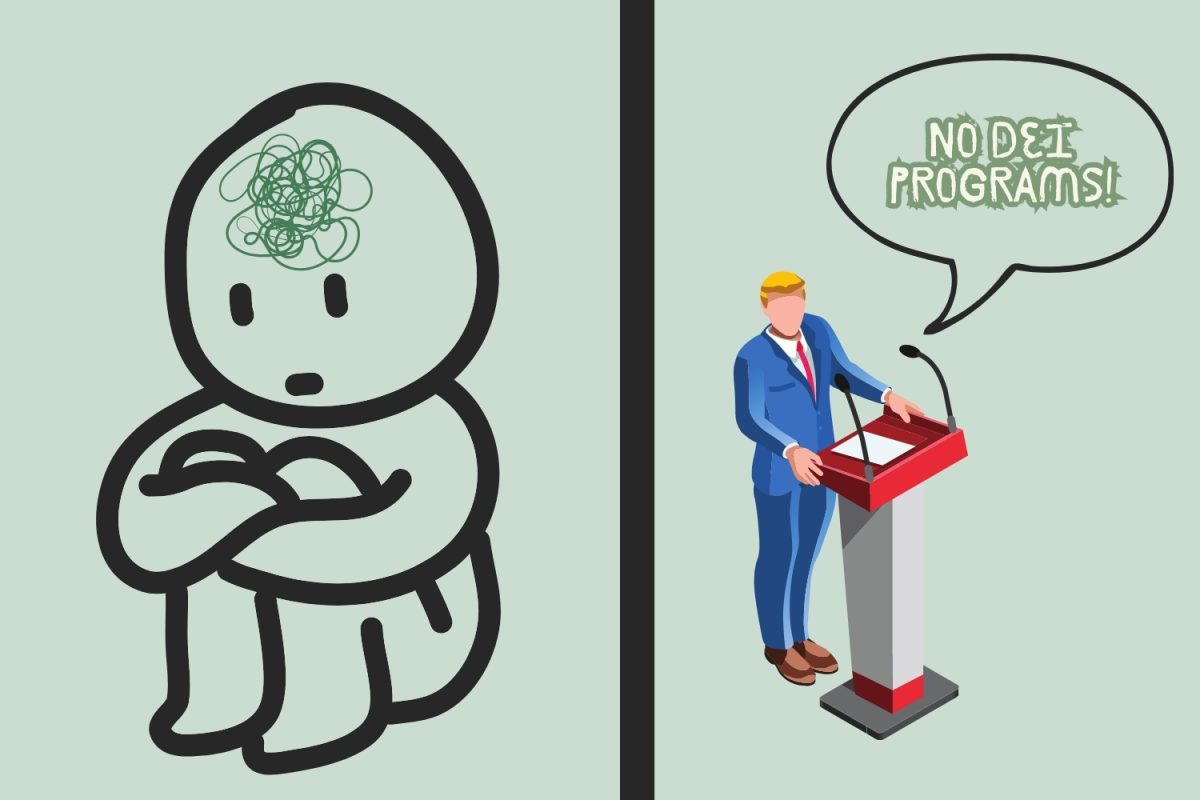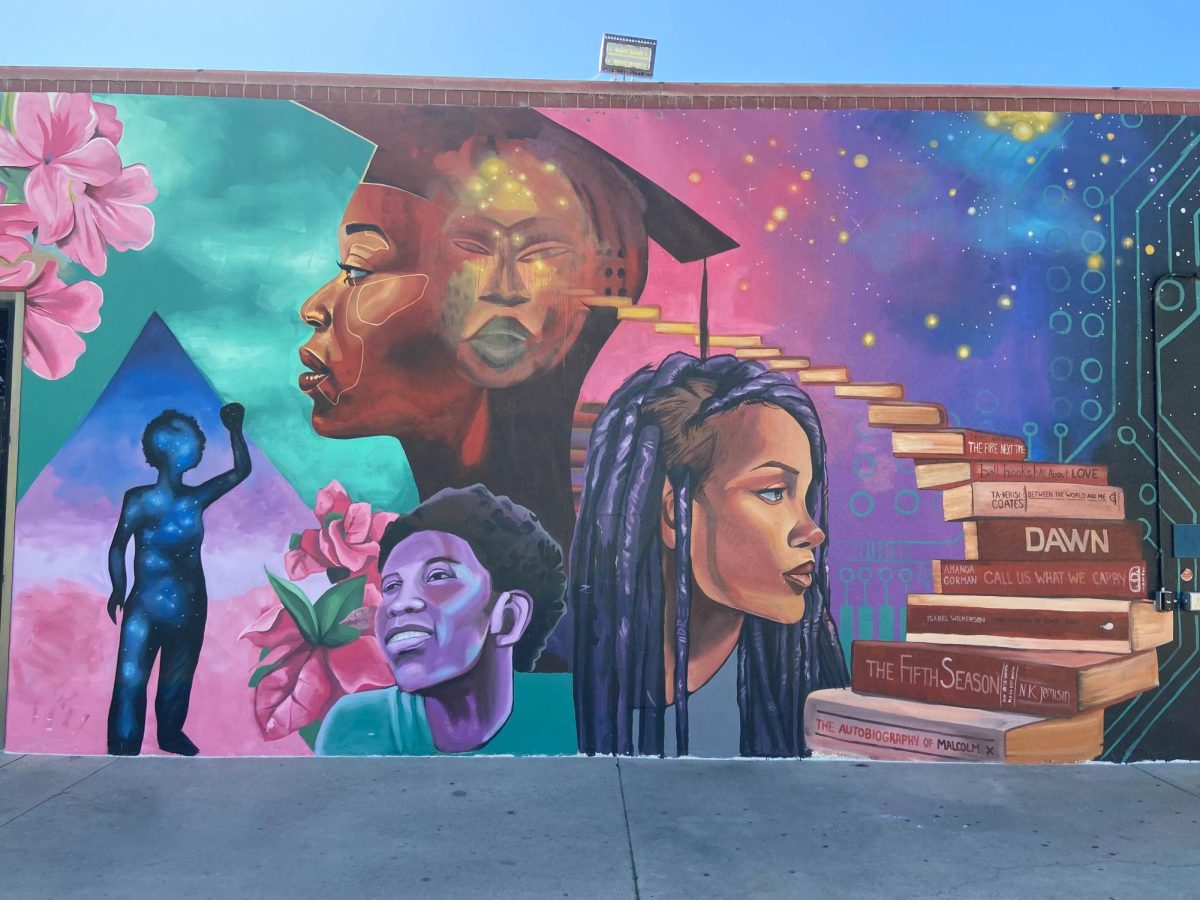 After living in Isla Vista for a year and a half, I thought I had seen it all when it comes to college parties. When I think about my time here, opioids don’t necessarily come to mind.
After living in Isla Vista for a year and a half, I thought I had seen it all when it comes to college parties. When I think about my time here, opioids don’t necessarily come to mind.
These substances have never been brought up around me and I have never run into them on my own.
Recently, however, I have noticed a huge increase in opioid overdose and abuse in Isla Vista. How does a college student get into opioids? Where do they get them from? What is the attraction? Do I know someone who is personally abusing opioids?
Opioids are narcotics, or “pain killers.” The most common ones are codeine, heroin, fentanyl, hydrocodone, oxycodone, oxymorphone and morphine. The drugs are extremely addictive and are now affecting individuals my age.
When I was younger, just a few years ago even, I thought of opioids as this big monster. Something so untouchable and unattainable to me, that I would never have to worry about it. I was so wrong.
It seems like every other day, another news article is coming out about these overdoses.
Headlines like “9 People Treated for Apparent Opioid Overdoses in Isla Vista Incident” or “Officers save 2 Isla Vista opioid victims in 24 hours” are common now.
These stories obviously scare me to no end. I don’t know who the next victim will be, or where it will take place— it may even happen next door.
These drugs were never more than stories my parents used to tell me to scare me into being safe on the weekends. I was told drugs are the reason people are found homeless because they spent all their money on drugs and now can’t afford housing. But, now, the reality of these drugs is something completely different to me.
College students believe there’s no other outlet. Most students get addicted to opioids as teenagers. Some try the drug once and are immediately hooked to it, and others are prescribed them for surgery.
The recent individuals who have overdosed in Isla Vista have been treated with Naloxone, a nasal spray that reverses the signs of opioids. This spray has saved lives. All Santa Barbara Sheriff’s Officers have received training on how to use Naloxone.
Although it’s comforting to know that there is a way we can save these lives before it’s too late, it is deeply saddening how much the spray is needed.
The opioid epidemic was declared a national health emergency in 2017 by the U.S. Department of Health and Human Services.
As a community, we need to find greater options. We need to give better treatment, more resources, and more support to those who may be struggling with addiction. With this small start, we may be able to make a significant impact and even save lives.











